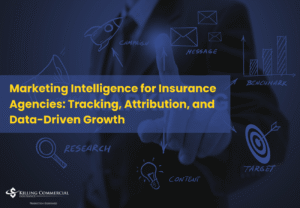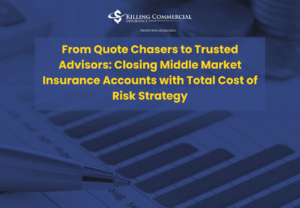
Authenticity, Hustle, and Humor: Redefining Success for the Modern Insurance Producer
The insurance industry isn’t known for flash or flair. Most people picture gray suits, paperwork, and words like “renewal,” “loss runs,” or “premium audit.” But a new generation of producers is proving that this business doesn’t have to be boring. They’re showing that authenticity, energy, and creativity can make insurance not only engaging but a platform for meaningful connection and career fulfillment.









Responses